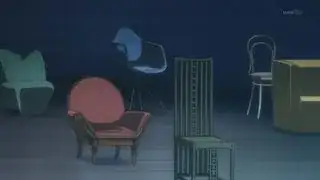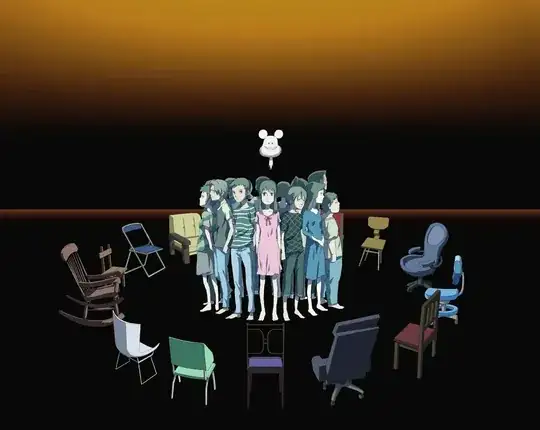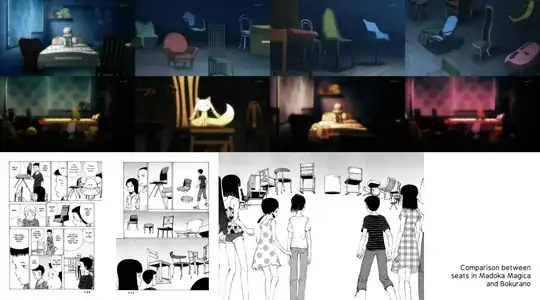In Episode 9 of Puella Magi Madoka Magica, during Madoka's conversation with Kyuubei, we see that she has a ton of chairs in her room:

At first I thought this was just the usual Shaft weirdness. But I stumbled on a blog post that attempted to explain all the symbolism behind the imagery in this scene. According to the author of the blog, the empty chairs represent fallen Magical Girls. While the author's interpretation is plausible, I also found it somewhat tenuous—the only evidence the author gives is the scene in Mami's apartment earlier on, when Madoka sees Mami's furniture and bursts into tears. I don't have a very clear memory of the scene, but I don't remember it focusing specifically on the furniture—it could just as well have been the empty apartment.
Is there any other evidence in the show that supports this blogger's reading? And is there evidence that supports another meaning for the scores of empty chairs in Madoka's room?

